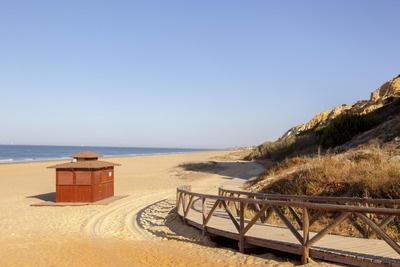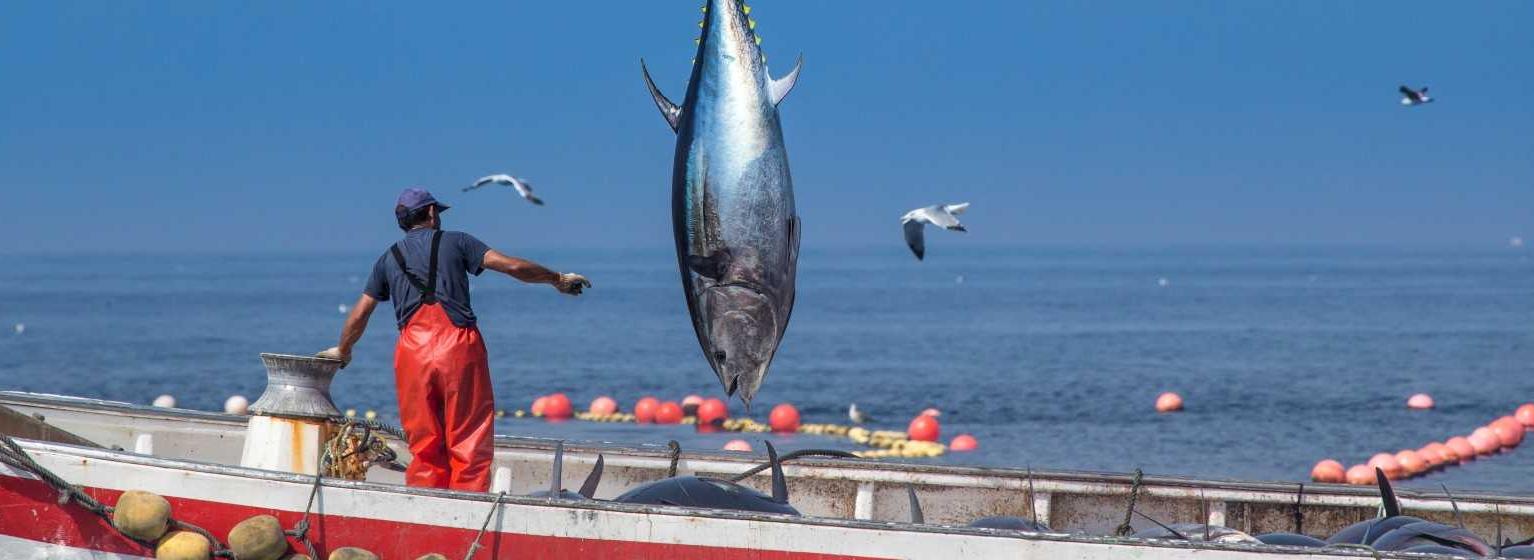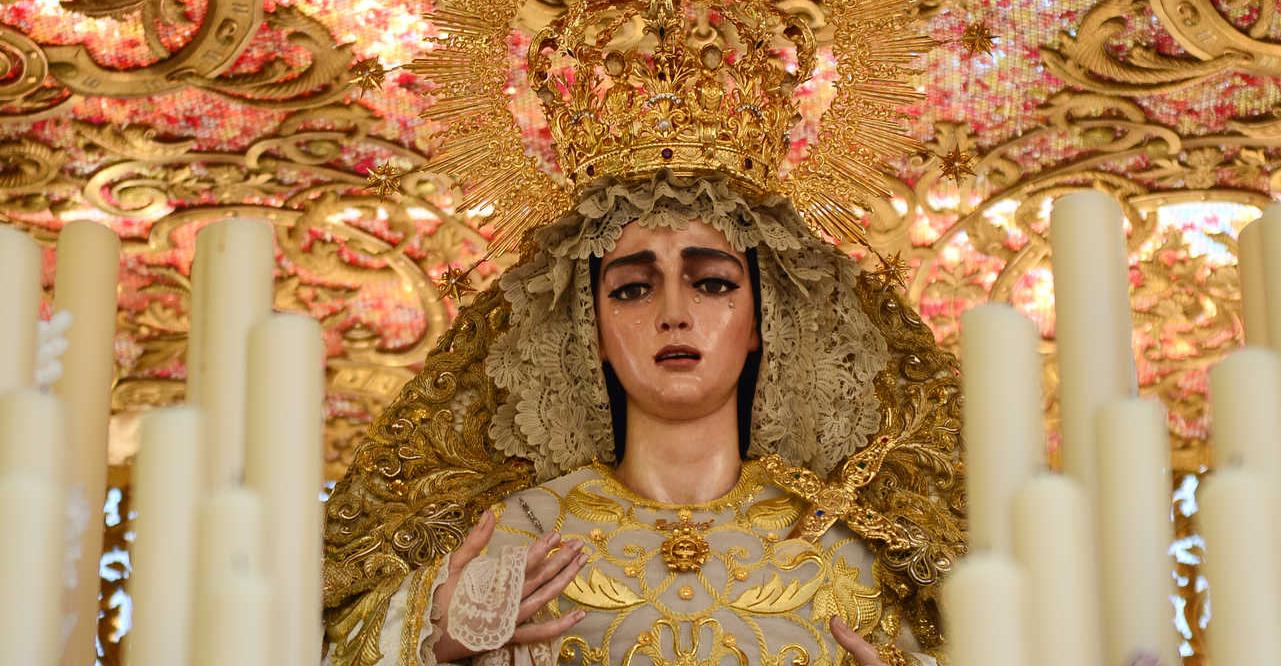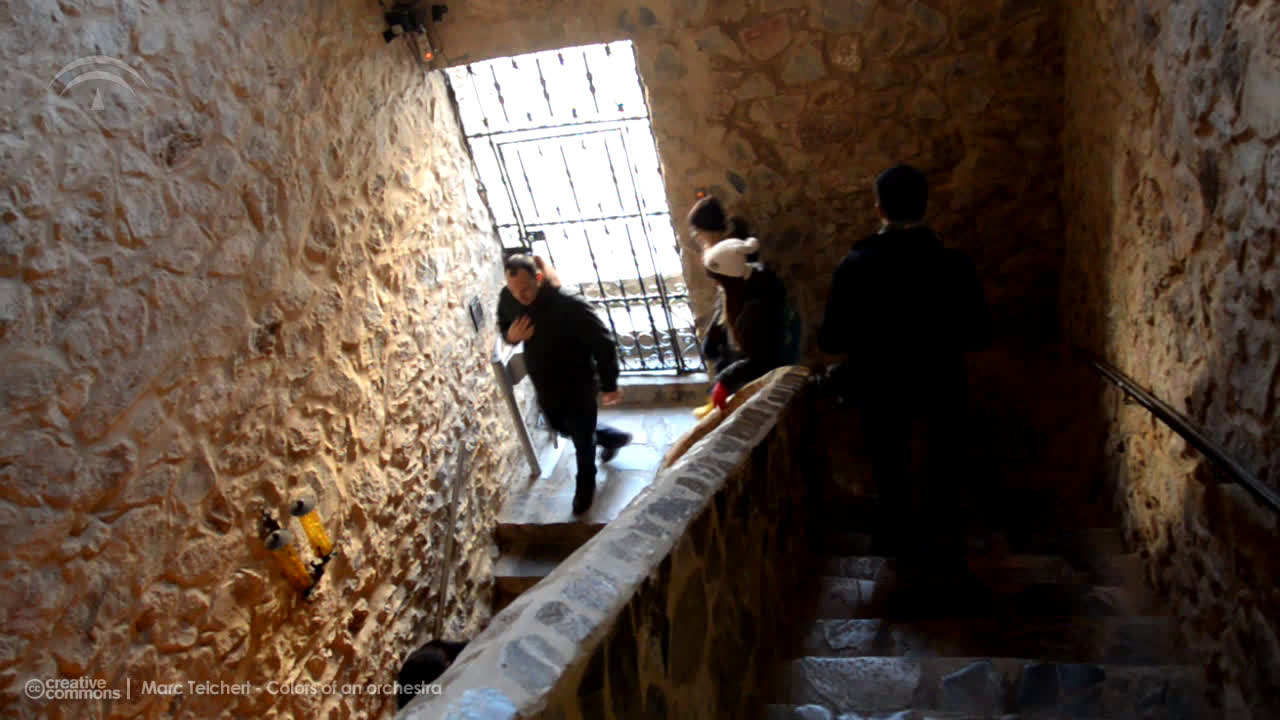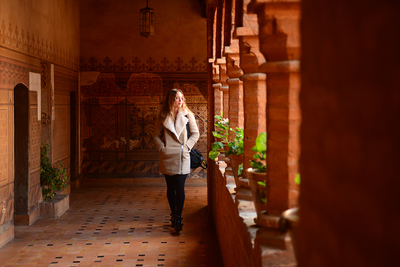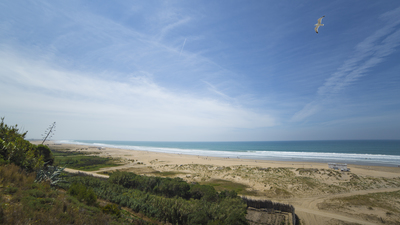Cathedral, Alcázar and General Archive of the Indies in Seville
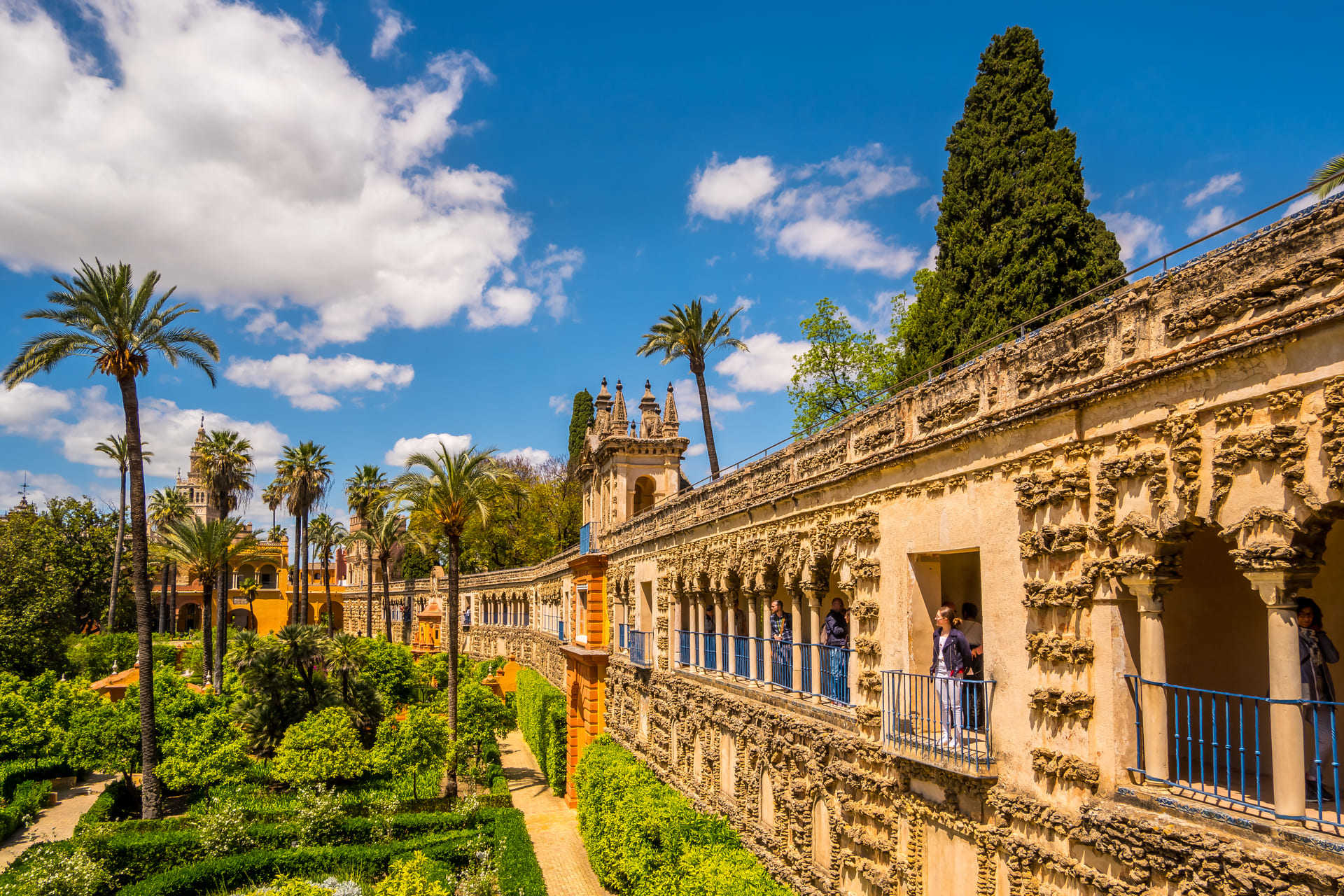
In one way or another, these three great assets, declared World Heritage sites by UNESCO in 1987, are directly and tangibly associated with the New World. Built on the Aljama Almohad mosque and of which the minaret (the beautiful Giralda) and the Patio de los Naranjos courtyard are still preserved, the cathedral houses the tomb of the Admiral. Numerous ocean expeditions were planned in the Royal Alcázar palace, such as the first circumnavigation of the globe by Magellan and Elcano; and the Archive of the Indies was used as the former Casa Lonja for Sevillian merchants. Do you want to travel back in time?
Seville became the centre of the world in the 16th century, when the city was barely a few years old. Among other reasons, this was due to its extensive maritime and administrative tradition, but also due to its enormous agricultural fertility and its cosmopolitan character. For many reasons, the monarchs decided that Seville was the perfect starting point for the trips to the New World and it became the only port to the Indies, until it was replaced by Cadiz. Seville became the gateway to the Americas and there are still remains of this time in its main historical buildings.
Columbus's last voyage to Seville Cathedral
The first link between the city and the New World can be found in the cathedral, the largest Gothic church in the world. Visiting this monument gives you the chance to experience first hand the transition from one culture to another, an architectural transformation of which this building was the centre. It was built at the end of the 12th century, when Caliph Abu Yuqub Yusuf ordered the construction of the city's mosque, and then he erected the minaret that would later on become the famous Giralda. Its name comes from the weather vane that tops the tower that was added in the Renaissance period, which is known as El Giraldillo and is the city's most popular symbol.
Later on, Ferdinand III conquered the city for Castile and the Seville mosque became Santa María de la Sede y de la Asunción, cathedral of the Seville council.
Made up of five naves, the cathedral also has numerous chapels and splendid altars. The remains of numerous monarchs rest inside and it also contains the tomb of Christopher Columbus. In Seville cathedral you will find one of the best art galleries in Spain, as it exhibits works by international artists such as Murillo, Goya, Zurbarán, Alonso Cano and Francisco Herrera.
The Alcázar of Seville palace: headquarters to regulate trade between Spain and America
Another great heritage site that enriches the city is the Real Alcázar, one of the oldest palaces still in use in the world. The palace has gone through different stages over the years, from the 10th century to the present day. Its walls reflect the influence of the cultures that have passed through the city.
Commissioned by Abd al-Rahman III (913), this fortress-palace is a combination of numerous extensions (Umayyads, Abbadids, Almoravids, Almohads, Castilians...) creating many rooms, exquisitely adorned with plasterwork, tiled and coffered ceilings, which successfully combine their architectural splendour with the presence of gardens and water fountains, thus creating a very beautiful building that is hard to forget.
The Patio de las Doncellas, with beautiful tiled plinths, and the Patio de las Muñecas, with an interesting collection of capitals, are important parts of the palace. The Salón del Almirante was part of the so-called Casa de Contratación de las Indias. In 1504 and after Columbus's adventure, Isabella of Castile created this institution in the facilities of the Alcázar of Seville with the aim of regulating trade between Spain and the Indies.
The most important documentary centre of the New World is located in the Archive of the Indies.
If you visit the Archive of the Indies you'll find a huge number of files and pieces of inestimable historical value, all of them relating to the voyages and expeditions of Christopher Columbus, Magellan, Vasco Núñez de Balboa, Hernán Cortés and Francisco Pizarro, among many others.
The building dates back to the reign of Philip II and was designed to be used as a Merchants Market. Later on, Charles III converted the building into the General Archive of the Indies to create a central location for all the documents relating to Spanish overseas possessions between the 15th and 19th centuries. Diving into these documents is the most captivating experience you could ever imagine!


